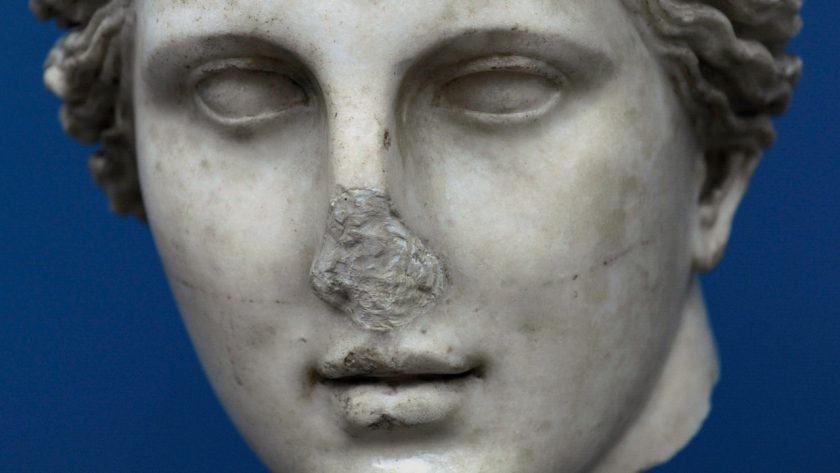Social media is a tricky thing. For a tool that provides so much entertainment, it can also reactivate those insecurities you swore you had moved on from. As a Jamaican American whose nose is a clear reflection of my West African and Indian ancestry, the constant barrage of so-called perfect ski-slope noses currently on my feed can teleport me back to my teens. My mother recently admitted she used to gently pinch my nose as a baby with the goal of creating a more defined bridge—something she thought was beautiful.
While rhinoplasties are no longer in the United States’ top five elective plastic surgeries, the nose job hasn’t traveled far from the collective consciousness: About 350,000 surgeries are performed each year across the country and about 944,468 globally in 2022.
Dallas-based plastic surgeon Rod J. Rohrich, MD, FACAS, and member of the American Society of Plastic Surgeons, performs as many as 300 rhinoplasties each year. (That’s more than one a weekday for anybody counting.) While he notes that the surgery has actually spiked in interest among men, he has also noticed a decline in interest and attributes it to people being more discerning about which cosmetic procedures they receive. “Rhinoplasty is one of the most challenging procedures we do in all of plastic surgery because it’s a surgery that boils down to millimeters,” he says.
The surgery can be especially daunting when you take into account that the alteration is permanent but that beauty trends are not. But these days, more than ever, cultural pride is also a factor. Bella Hadid, who famously underwent the surgery at age 14 and is of Palestinian descent, told Vogue last year, “I wish I had kept the nose of my ancestors…. I think I would have grown into it.” In a way, her regrets reaffirmed my decision to leave my nose as it is. As a kid, I knew my nose wasn’t quite my mom’s or my dad’s; it has a straight bridge that curves down into a bulbous tip that I used to dislike at certain angles. But in my 20s I realized it was most similar to my great-grandmother’s—a woman born on a ship in the Caribbean sea, the daughter of Indian indentured laborers.
For the most part, “the cookie-cutter, overdone rhinoplasty with the pointy tip is really gone now,” Rohrich says. Oren Tepper, MD, cofounder of Manhattan’s Greenwich Street Aesthetics, cosigns this shift away from what was previously trendy. A study that he helped publish came to the conclusion that “the ideal nasal profile varies among generations and ethnicities,” with Gen Z and millennials preferring longer noses with less rotated tips. The study also noted that this preference for stronger noses “highlights a societal shift and evolution of the standard of beauty through generations, with a focus on a more natural-appearing profile.”



